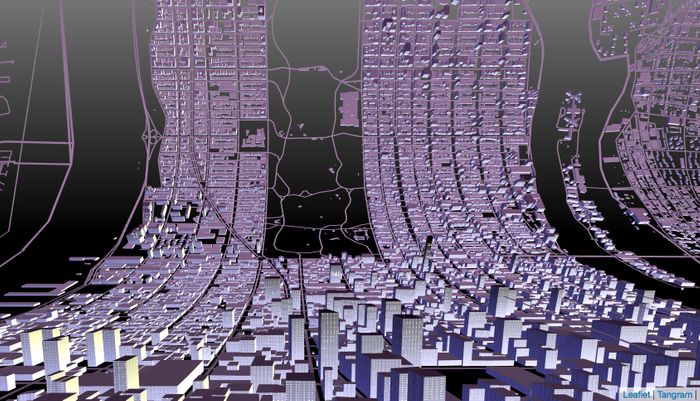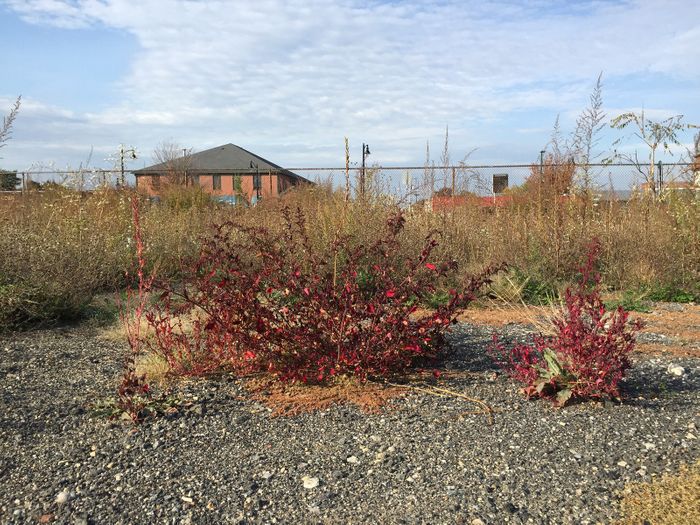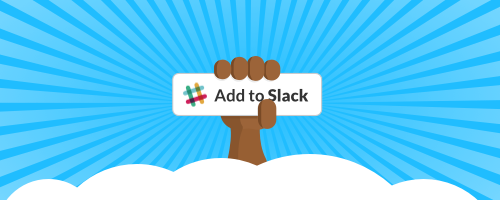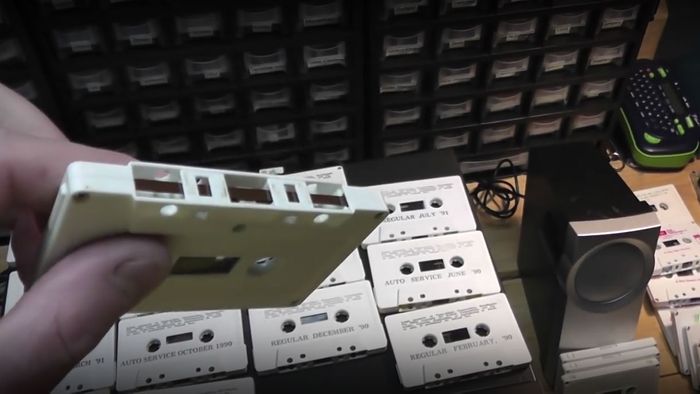Today I’m headed to Boston to see a talk about a guide to evading surveillance written by Finn Brunton and Helen Nissenbaum. The book is called Obfuscation: A User’s Guide for Privacy and Protest and was recently reviewed in the Guardian, where Nissenbaum is quoted:
Our effort, both with TrackMeNot and AdNauseam, has been targeted at the former. I don’t love advertising but I can tolerate it. When supporters of the current structures of behavioural advertising say this will be the end of all the innovation and free stuff on the web, our response is: no. Although this might happen if advertising itself goes away, it does not require the back-end tracking for survival.
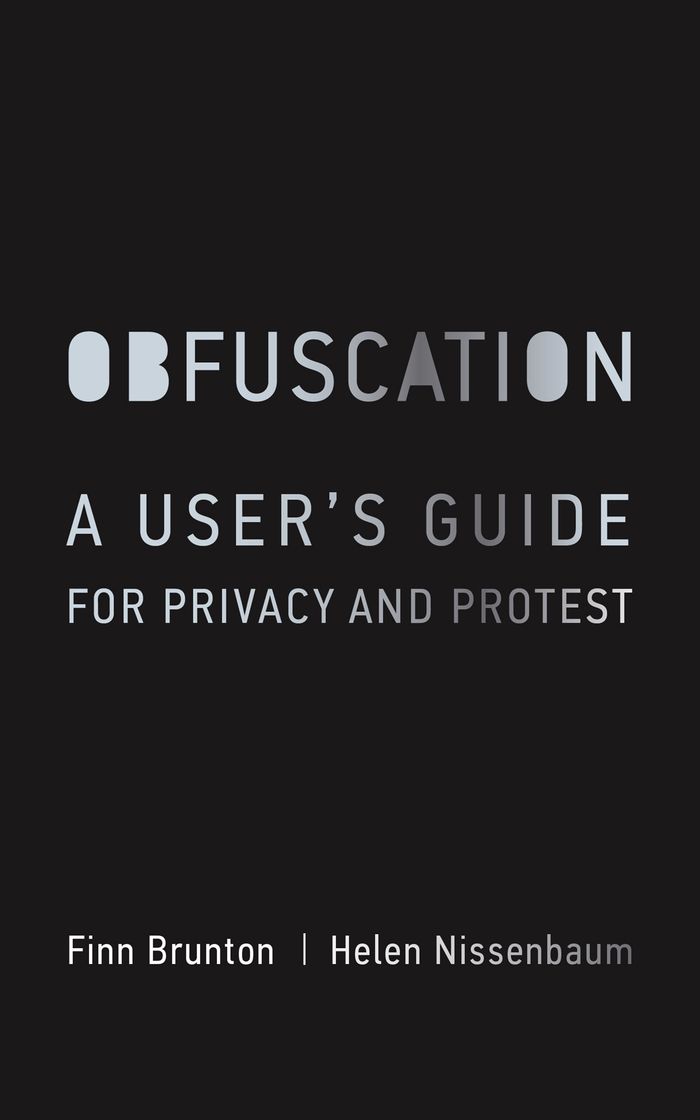
The design for the AdNauseam website is so wonderful, and was created by none other than Mushon Zer-Aviv.
